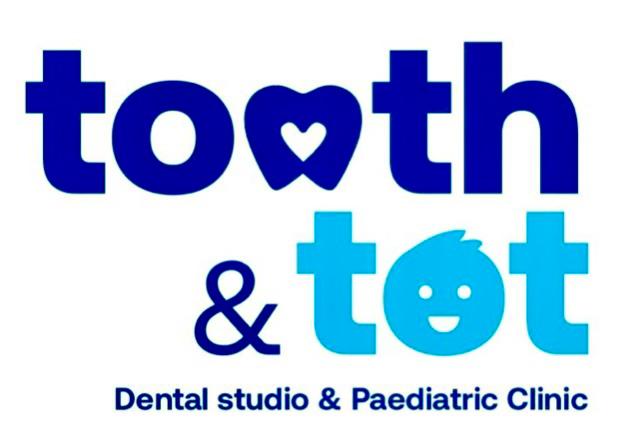+918042781795

This is your website preview.
Currently it only shows your basic business info. Start adding relevant business details such as description, images and products or services to gain your customers attention by using Boost 360 android app / iOS App / web portal.
Description
Painless vaccination is a concept that refers to strategies and techniques aimed at reducing or eliminating the discomfort or pain associated with receiving vaccines, particularly for infants and young children. While no vaccine can be entirely "painless," there are several ways to minimize discomfort and make the experience as smooth as possible for both the baby and the parents. Here's a look at the methods and approaches used to make vaccinations less painful: 1. Techniques for Minimizing Pain During Vaccination: a. Using a Small Needle: Needle Size: Newer vaccine needles are often smaller and finer, which helps reduce the sensation of pain during the injection. Healthcare professionals use the smallest needle size necessary for the vaccine to reduce discomfort. b. Combination Vaccines: Fewer Shots: Instead of giving multiple injections with separate needles, combination vaccines are used to protect against several diseases with just one shot. This reduces the number of needle pricks your baby receives, thereby minimizing the overall discomfort. c. Distraction Techniques: Distraction During the Shot: Engaging the baby’s attention during the injection can help minimize their perception of pain. Some common distraction techniques include: Singing a song or playing a video. Offering a toy or a pacifier during the injection. Talking to the baby in a calm, soothing voice. d. Skin-to-Skin Contact: Comforting Touch: Holding the baby in a skin-to-skin position (also called kangaroo care) during the vaccine can be very comforting. The close contact helps release oxytocin (the bonding hormone), which can reduce pain and anxiety. It also helps the baby feel secure and loved during the process. e. Use of Local Anesthetics: Topical Anesthetics: In some cases, doctors may use a topical anesthetic like EMLA cream (a numbing cream) or other similar products applied to the skin before the vaccine. These creams can help numb the skin and reduce the pain from the needle. f. Sucrose or Glucose Solution: Sweet Solutions: A small amount of sugar water (sucrose or glucose solution) has been shown to reduce the pain perception in infants. When given just before the vaccination, it has a calming effect and can reduce the distress associated with the shot. 2. The Importance of Timing and Approach: a. Quick Administration: Quick, Precise Injection: The faster and more efficiently the vaccine is administered, the less time the baby has to feel the discomfort. Well-trained healthcare professionals typically give the injection quickly to minimize the amount of pain or anxiety the baby may experience. b. Timing of the Vaccine: Vaccine During Sleep or Calm State: If possible, giving the vaccine when the baby is calm or drowsy can help make the process easier. Some parents try to schedule the appointment during their baby’s naptime to ensure the baby is more relaxed when receiving the vaccine. 3. Aftercare to Ease Discomfort: a. Comforting After the Vaccine: Soothing Post-Vaccination: After the vaccine, you can comfort your baby by holding them, gently rocking them, or feeding them. Breastfeeding after a vaccine can also help soothe the baby. Crying is Normal: It’s common for babies to cry for a few moments after getting a vaccine, but this typically stops once they are comforted. b. Pain Relief for Side Effects: If your baby experiences mild discomfort or swelling at the injection site after the vaccine, you can apply a cold compress to the area. For fever or discomfort, your pediatrician may recommend a dose of acetaminophen or ibuprofen (based on the baby’s age and weight). 4. Parental Reassurance: Stay Calm and Positive: Babies can pick up on their parents' anxiety or stress. If you stay calm, reassuring, and positive, your baby may feel more relaxed and secure. Your calm demeanor can help them feel that it’s just a brief moment of discomfort and that everything will be okay afterward. Talk to Your Pediatrician: If you're particularly concerned about pain or have questions about minimizing discomfort, talk to your pediatrician. They can guide you through pain-reducing strategies and let you know what options are available in your area. 5. New Vaccine Delivery Systems (In the Future): While these methods can reduce pain, some new innovations are aiming to make vaccination even less uncomfortable: Needle-free vaccines: Some vaccine formulations are being developed that can be delivered through the skin without the need for needles. For example, patches that deliver vaccines through microneedles are being explored in clinical trials. These are not yet widely available but could be a potential way to eliminate the pain from injections in the future. In Conclusion: While no vaccine is entirely without discomfort, there are many ways to reduce pain and distress during vaccinations. From small needles and combination vaccines to distraction techniques and soothing post-vaccination care, there are effective methods to make the experience as painless as possible for your baby. If you have concerns about pain or discomfort associated with vaccinations, it's always a good idea to discuss them with your healthcare provider, who can offer additional suggestions specific to your baby’s needs.

